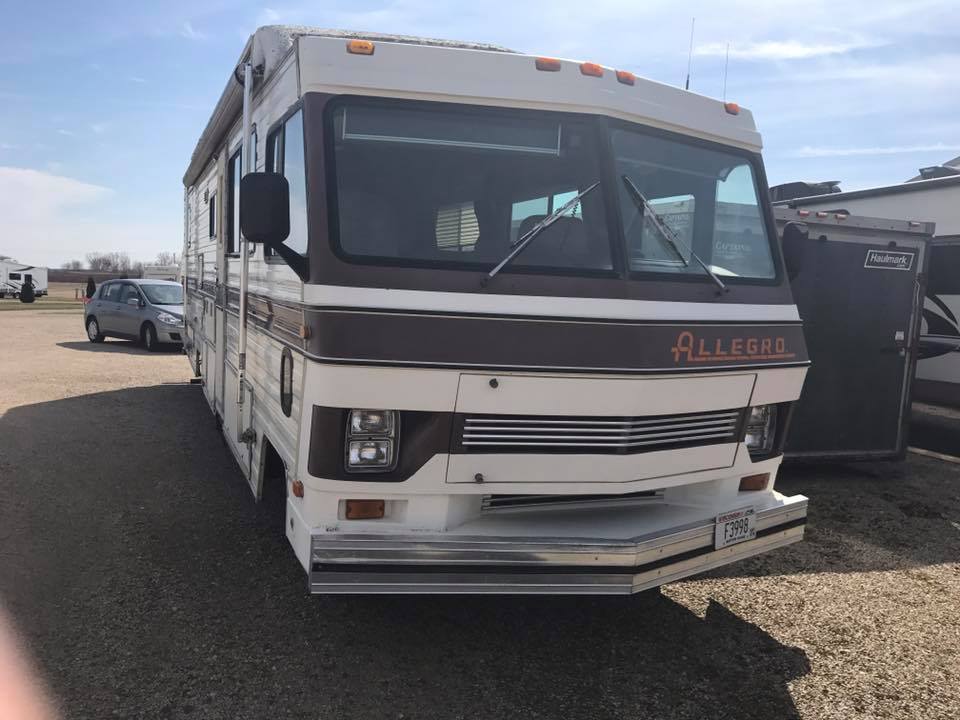After much back and forth, toying with Windows 10 and iTunes, back to the Raspberry Pi, back to Windows, I ended up with, yes, the Raspberry Pi 3 and Kodi. And it works fantastic. So here are the instructions on how to build a Raspberry Pi setup, how to make it work, what you all need, and where to get it. Buying through my links will give me a small percentage of the money, so I do appreciate if you do that.
First off, get a Raspberry Pi 3. You can get that here: Raspberry PI 3 Model B.
Then you need a case. Choose whatever case you want, search Amazon for Raspberry Pi 3 cases. There are a lot of them out there. Some are easy to put together, some are a bit more difficult. Most require some assembly. Whatever you want, order the case, but make sure its for the Pi 3.
Then you need a power supply. The Pi3 is powered through a mini-USB port, so it can be plugged in with just about any mini-USB cord you have. You probably have a few sitting around anyway, especially if you have a tablet or Android phone. They can plug into a USB power adapter, a computer if its running all the time you use the Pi3, or even your TV if it has a USB port. It doesn’t require much.
Next you need a hard drive. I bought this one: Seagate Backup Plus 4TB Portable External Hard Drive USB 3.0, Black (STDR4000100). But alas! It needs more power than a single USB port can sustain, so you have to get a Y-splitter. I bought this one: 1 feet USB 3.0 Dual Power Y Shape 2 X Type a to Micro B SuperSpeed Cable for External Hard Drives
, and it works well.
Then there is a way to control the Pi3 and Kodi. I had an old knock off Playstation 3 USB controller laying around, so I used that. It works well, was easy to set up, and makes the control of the interface a breeze. I’d prefer bluetooth or wireless, but this one is good for what we use it for. Rock Candy PS3 Controller – Blue
There are wireless ones, but I don’t guarantee they will work.
Then you just need a microSD card. 32GB is plenty big, maybe too big, but you need at least 8GB to install Kodi. Since they are so cheap, I recommend getting the 32GB anyway, just for installing background apps, plugins and other addons. Any microSD card will work, but the Pi3 doesn’t recognize above 128GB, so don’t bother going bigger than that. Like I said, 32GB is fine.
Finally, just have an HDMI cable, as well as a USB keyboard, though its only needed for setting up and nothing more.
Step Two: Download LibreELEC. You can get it here: https://libreelec.tv/downloads/
Its free, its easy, and its free. Use whatever software you need (macOS uses ApplePi-Baker), I don’t know what Windows uses. The Apple app is pretty easy and free as well. So then you follow its instructions, install LibreELEC on the microSD card, and its set.
Plug the card into the pi3, put it all together, add power and it will boot up. Follow the onscreen instructions, and it will install LibreELEC. You will likely need to install as many plugins as you can find to play just about everything after its setup. Go into Audio Plugins and add everything. Go into Video, add all those as well. That should play just about every file type you can find, and it should all work well.
Then plug in the hard drive and copy over all your media files. I recommend making a TV Shows, Music, and Movies folder on the hard drive. This can take awhile, depending on how many files you have. Once this is done, unplug the hard drive, power down the Pi3, plug the hard drive into the Pi3, turn on the Pi3, and it should recognize it automatically.
When it boots, it should go to the default Kodi screen. There will be menus on the side. Go to Videos, add a media source, you’ll have to find the hard drive in the folders. It should be listed under the name of the hard drive. Select the Movies folder, and ADD. Then go back and add the files. This will take awhile. Like overnight awhile.
Do the same for Music and TV Shows. Let it sit overnight again. When its done, reboot just in case. Then when it boots up, if you go to Videos, it should have everything listed under categories with all your movies organized. Same with Music and TV Shows.
And then its done. And all is good. Enjoy.
